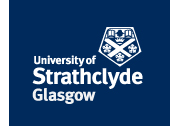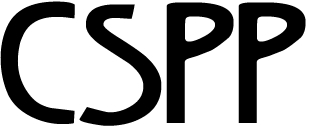| Description: |
The extent to which e-governance develops is a function of the collective capital for the supply of IT services and of informal human and social capital creating demands for e-governance. Supply and demand vary enormously according to a country's modern resources and political openness. But characterizing these differences as a digital divide is misleadingly static. A diffusion model of Internet access descends cross-national differences in terms of leading and lagging countries, with laggards potentially being able to catch up with leaders. Differences between countries in the supply of e-government services and e-participation reflect political openness and the extent of corruption as well as socio-economic resources. In countries with most adults on line, digital choice creates limits to e-governance, since most non-users are older people who see no need for going on line. Among those on line, a majority prefer to contact local and central government by traditional means such as telephone or writing a letter. In the most modern and open societies, the Internet is likely to promote government efficiency and the virtual linkage of disparate public agencies serving the same client. In developing countries it will be one more pressure to reduce corruption and increase bureaucratization. In relatively closed regimes it can threaten destabilization by strengthening dissident mobilization within and across national borders. Globally, the diffusion process will promote openness in intermestic policies involving both national and trans-national issues. It will also reduce the proportion of native English-speakers and increase that of bilingual and bicultural Internet users, especially Chinese.
|


